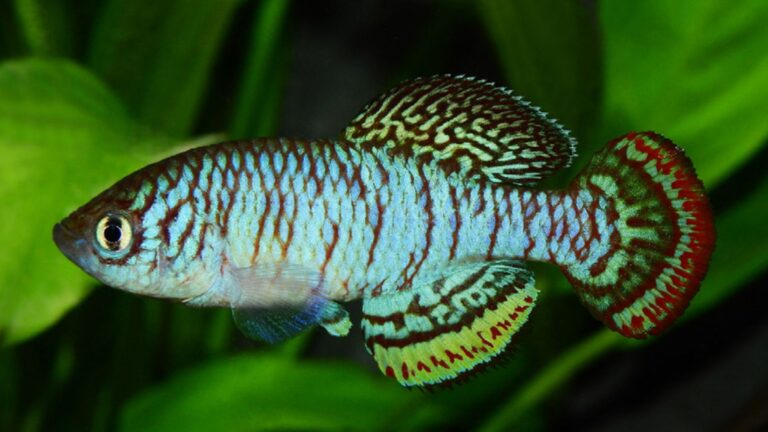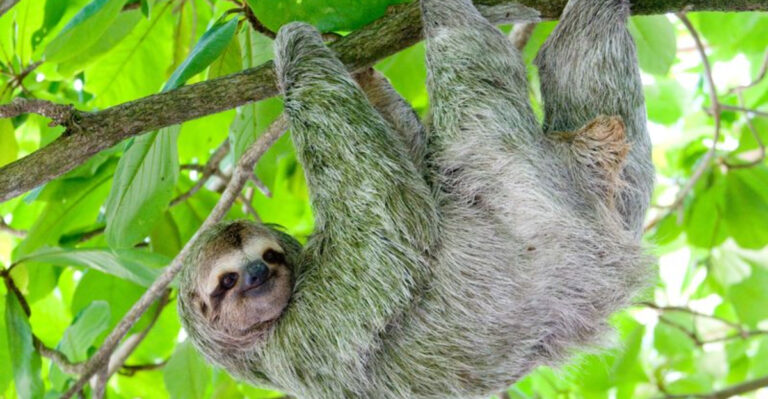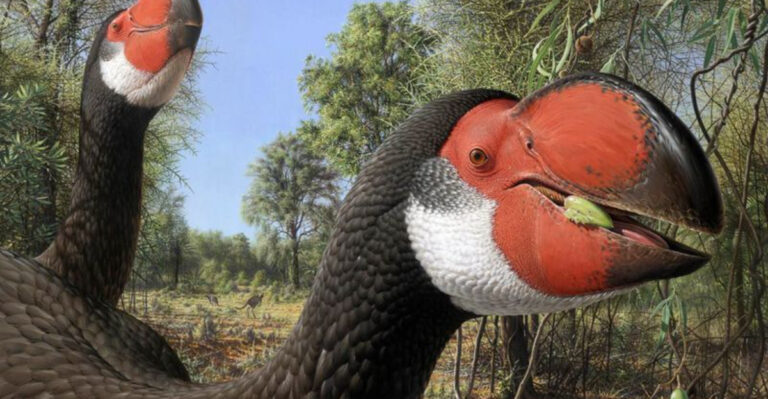Everything You Need To Know About Chipmunk Teeth
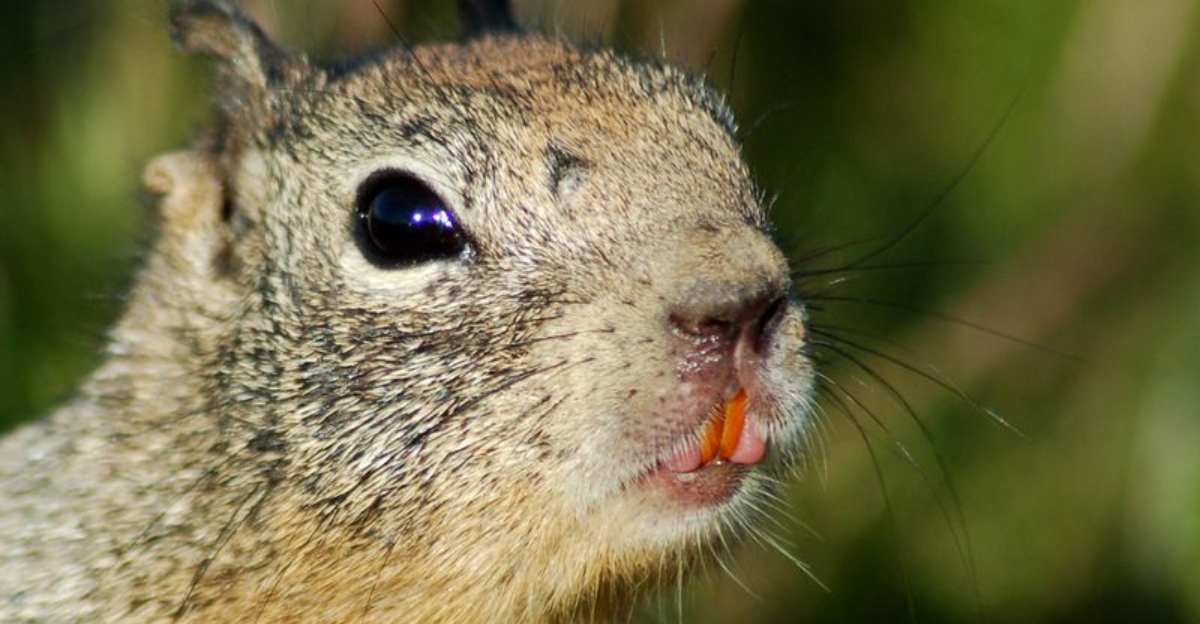
Chipmunks might be small and adorable, but their teeth are actually fascinating marvels of nature with unique features that help these little critters survive.
These woodland creatures possess specialized dental adaptations that allow them to crack nuts, chew through tough foods, and even defend themselves when necessary.
1. Never-Ending Growth
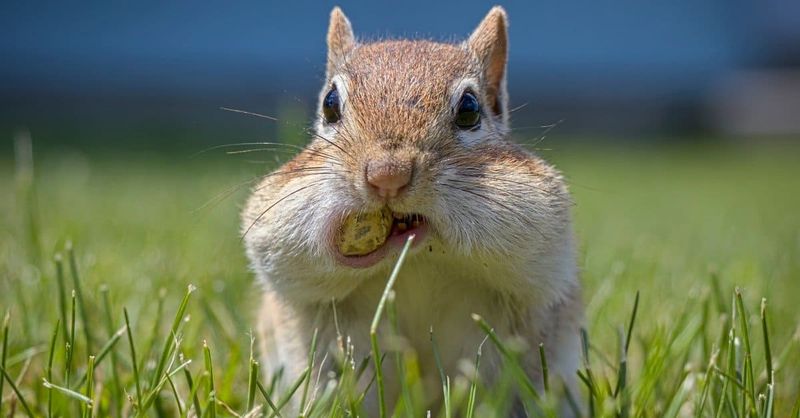
Chipmunk teeth never stop growing throughout their entire lives! This incredible adaptation prevents their teeth from wearing down completely despite constant gnawing on hard nuts and seeds.
Without this continuous growth, chipmunks would eventually starve once their teeth became too worn down for eating. The growth rate perfectly balances the natural wear from their daily chewing activities.
2. Bright Orange Front Teeth
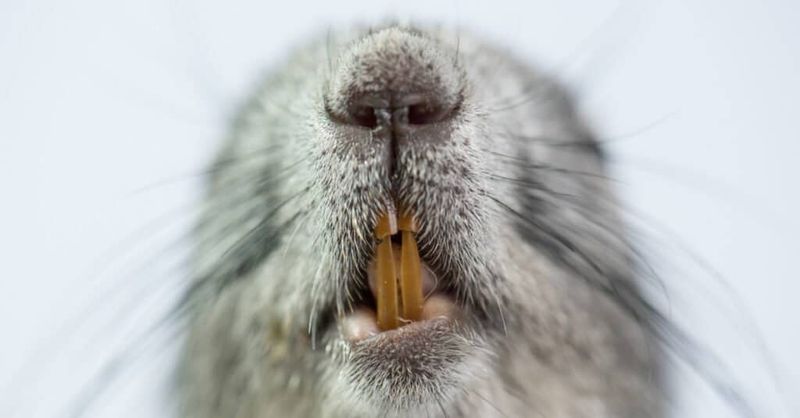
The front teeth of chipmunks aren’t white or yellow but distinctly orange! This eye-catching color comes from iron deposits in the enamel, making their teeth stronger and more resistant to damage.
The deeper the orange shade, the harder and healthier the teeth. This unusual coloration isn’t a sign of poor dental hygiene but actually indicates teeth perfectly evolved for the chipmunk’s lifestyle.
3. Self-Sharpening Mechanism
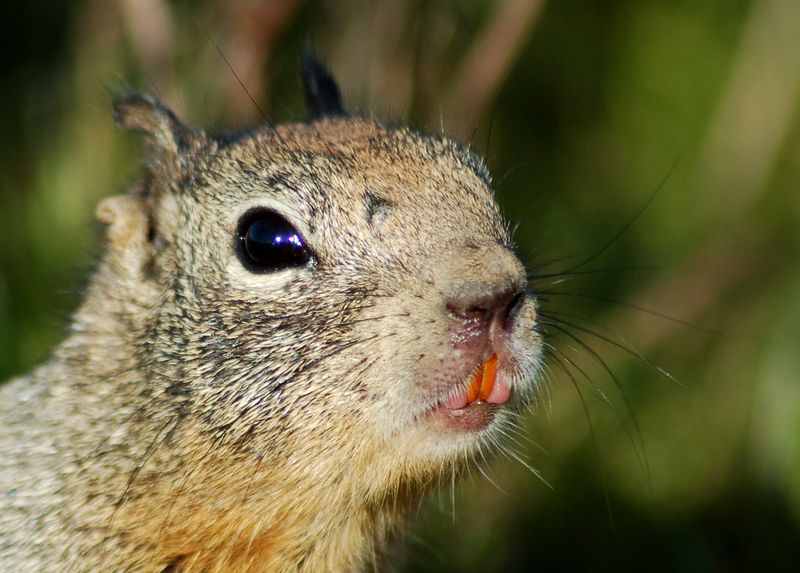
Chipmunk teeth naturally sharpen themselves! Their upper and lower incisors rub against each other during chewing, creating a perfect self-sharpening system that keeps their teeth at the ideal cutting edge.
The front surface of each tooth is covered with hard enamel while the back has softer dentin. This clever design ensures teeth wear unevenly, maintaining a sharp, chisel-like edge perfect for gnawing.
4. Specialized Dental Formula
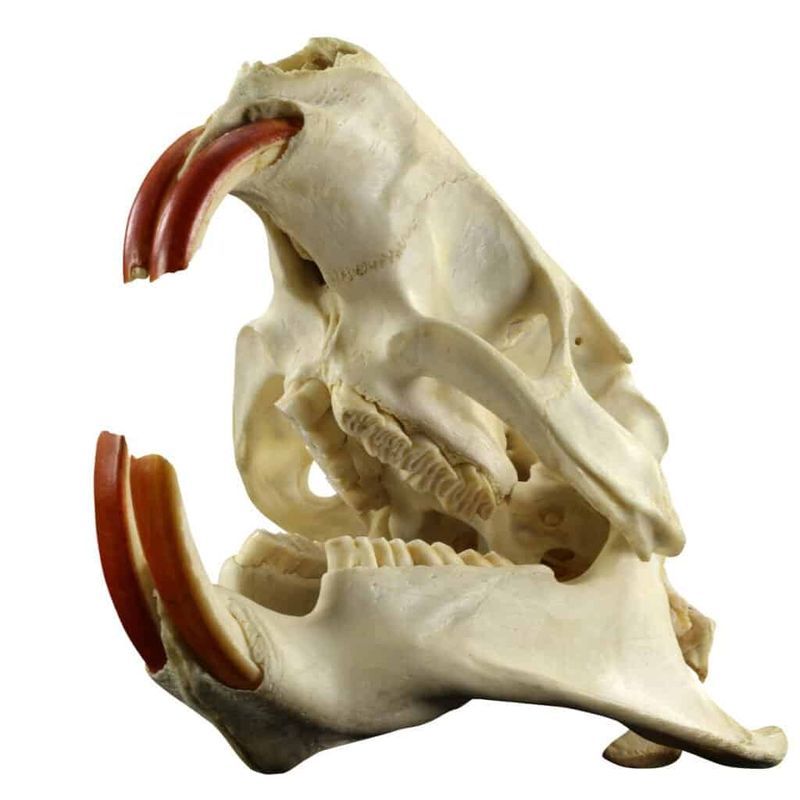
Chipmunks possess a precise dental formula: 1/1, 0/0, 2/1, 3/3. This means they have one incisor, no canines, one or two premolars, and three molars on each side of their jaws.
A notable gap called a diastema exists between their front incisors and back cheek teeth. This specialized arrangement helps chipmunks process different types of food efficiently while allowing their cheeks to expand for carrying food.
5. Powerful Chewing Muscles
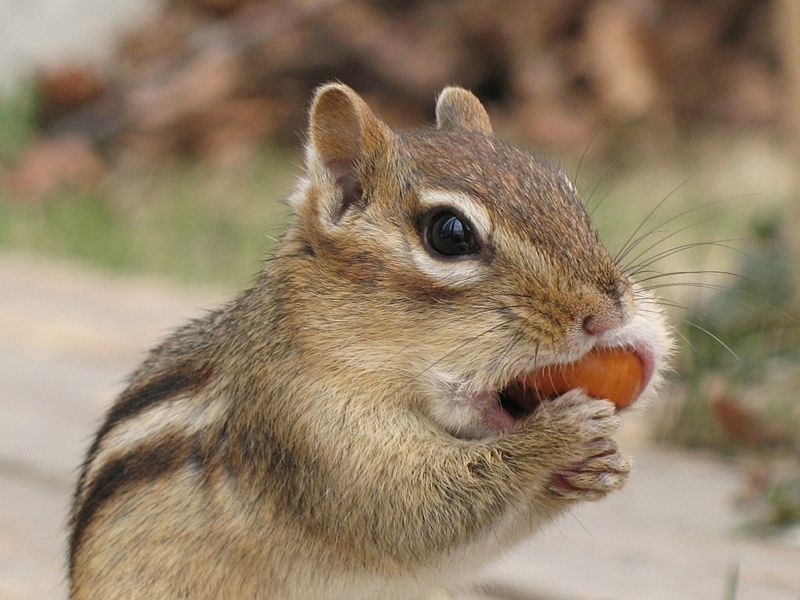
Chipmunks possess jaw muscles that generate surprising force for such tiny creatures. These powerful muscles attach to specialized ridges on their skulls, creating impressive bite strength relative to their size.
A chipmunk can crack open tough nut shells that would require tools for humans to break. Their jaw muscles work together with their specialized teeth to form a natural nutcracking system that makes quick work of even the toughest seeds.
6. Dental Emergencies
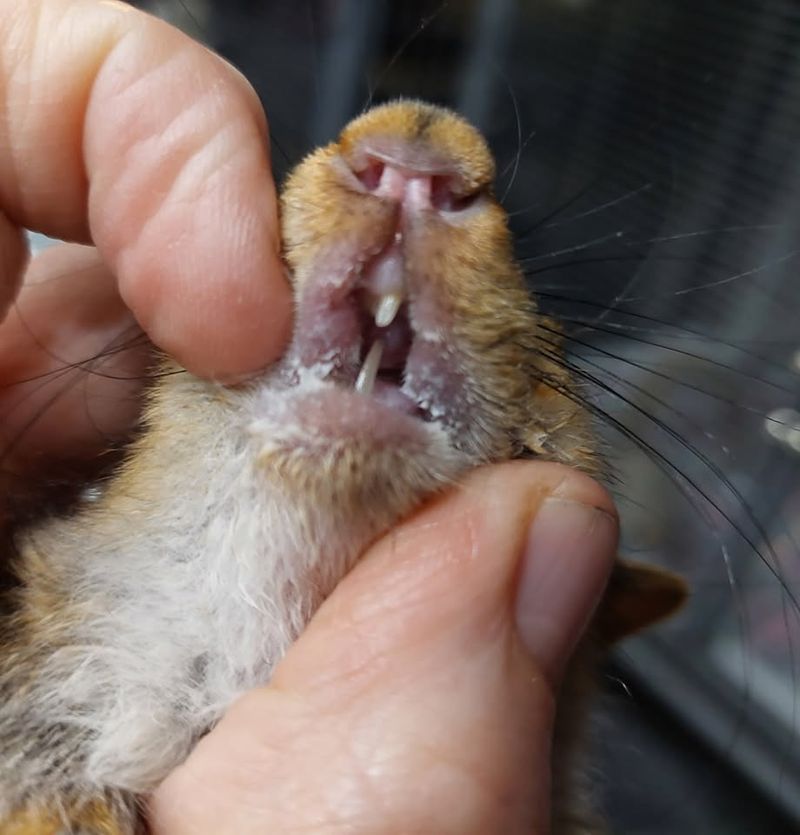
Misaligned teeth pose serious health risks for chipmunks. If their incisors don’t wear properly against each other, they can grow too long and curve into the skull or jaw!
Wild chipmunks naturally maintain proper tooth alignment through their diet of abrasive foods. Pet chipmunks sometimes need veterinary intervention to trim overgrown teeth, as improper growth can prevent eating and lead to starvation.
7. Tooth-Powered Tool Kit
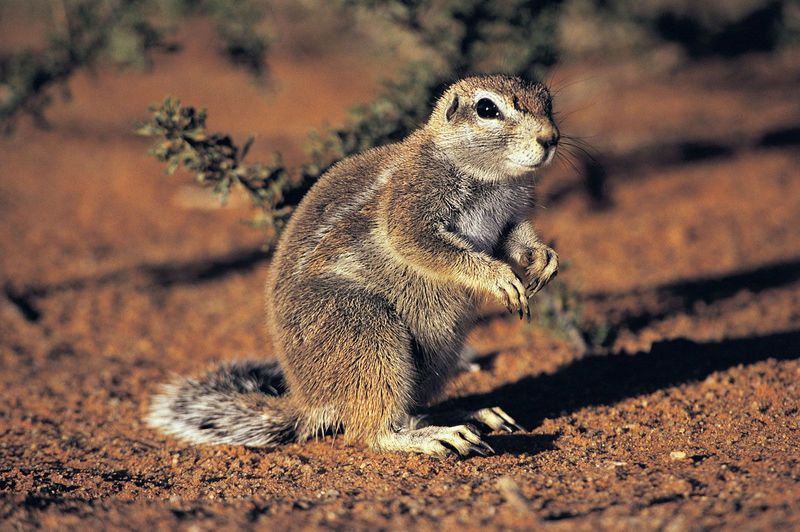
Chipmunk teeth function as an all-purpose tool kit for survival in the wild. Their sharp incisors serve as drills, scissors, and carving tools all rolled into one.
Beyond just eating, chipmunks use their teeth to dig burrows, cut materials for nests, and defend against predators. They can even use their teeth to strip bark from twigs or crack open insect exoskeletons when plant foods are scarce.
8. No Tooth Replacement
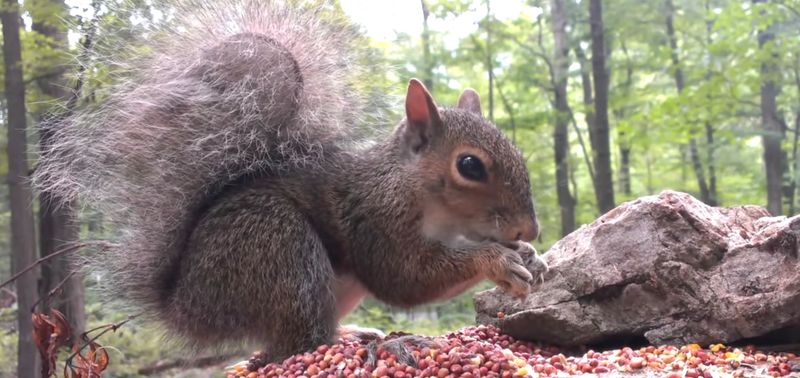
Unlike humans, chipmunks never lose or replace their teeth! They’re born with their permanent teeth already forming and must keep them healthy throughout their entire lives.
This makes dental health absolutely crucial for chipmunk survival. A broken or infected tooth can seriously threaten a chipmunk’s life since they can’t replace damaged teeth. Their continuous growth system is their only defense against tooth wear.
9. Seasonal Dental Changes
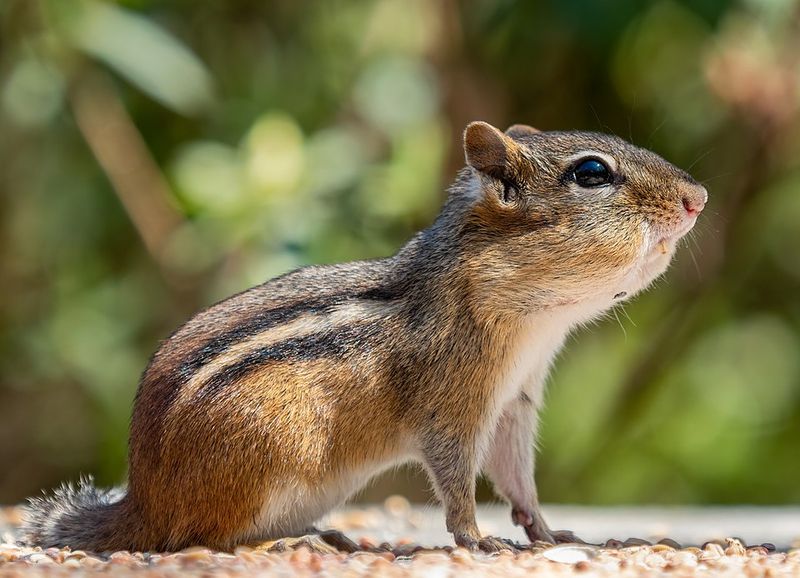
Chipmunk teeth actually respond to seasonal changes! During winter months when food becomes scarce, the growth rate of their teeth slightly slows to match reduced chewing activity.
This biological adaptation prevents overgrowth during hibernation periods. Come spring, when chipmunks resume active foraging and eating tougher foods, their teeth growth accelerates again. This natural synchronization helps maintain optimal tooth length year-round.
10. Cheek Pouch Relationship
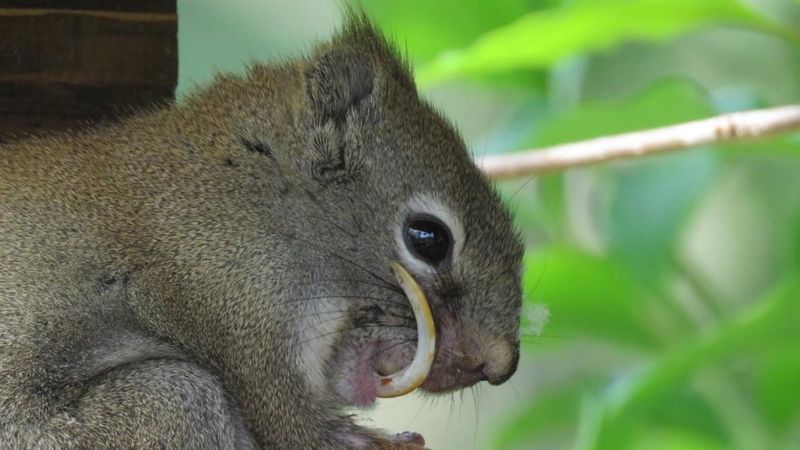
Chipmunk teeth work in perfect harmony with their expandable cheek pouches. Their incisor placement and shape allow them to stuff food into these pouches without accidentally cutting themselves.
The gap between front and back teeth creates space for the pouches to expand inward. A chipmunk can fill its cheeks with nuts while continuing to use its incisors to collect more food, efficiently gathering supplies to store in its burrow.
11. Dental Care Behaviors
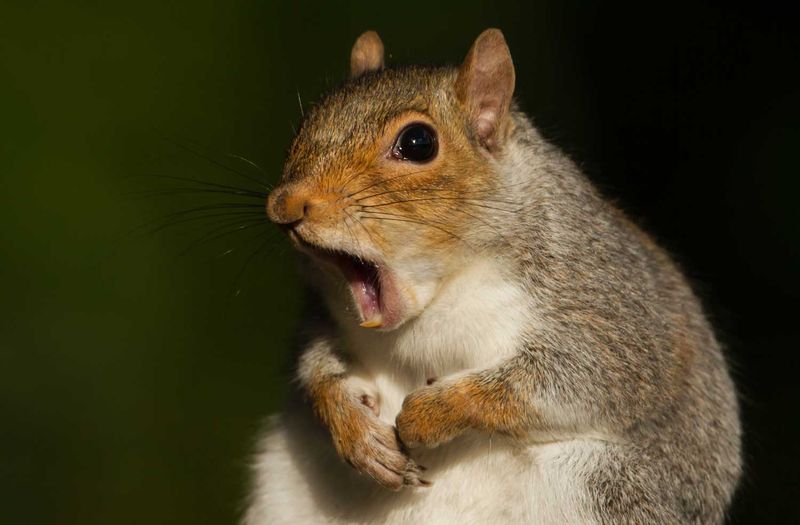
Chipmunks naturally maintain their dental health through specific behaviors. They frequently rub their teeth against rough surfaces and engage in specialized grinding movements to keep their bite aligned.
Observant wildlife enthusiasts might catch chipmunks performing what looks like teeth chattering or grinding. This behavior helps maintain proper tooth alignment and wear patterns. Their varied diet of nuts, seeds, and fibrous plants also contributes to natural dental maintenance.
12. Evolutionary Marvel
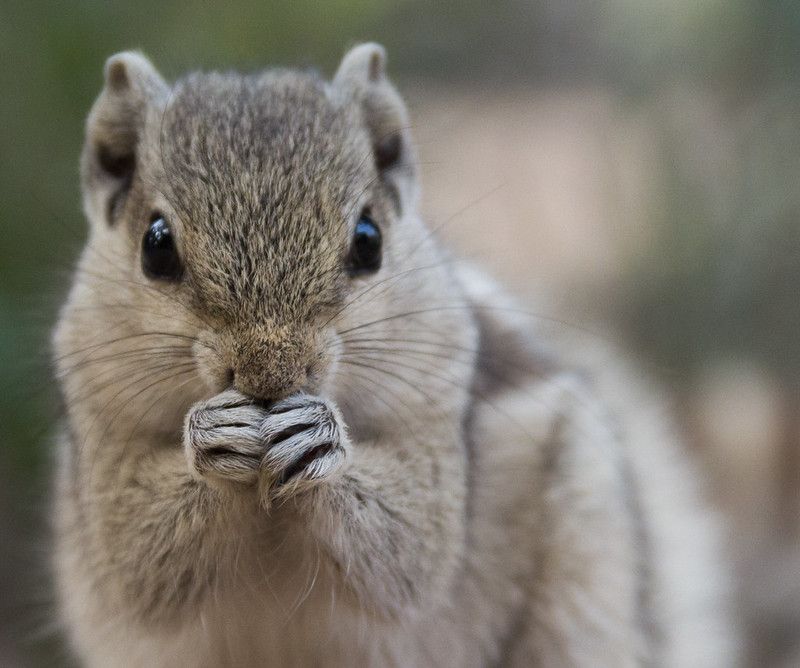
Chipmunk teeth represent an evolutionary success story that has remained largely unchanged for millions of years. Their dental structure is so effective that fossil chipmunks show remarkably similar teeth to modern species.
This evolutionary stability demonstrates the perfect adaptation of their dental structure to their ecological niche. While other mammals evolved different dental specializations, the chipmunk’s tooth design proved so successful that nature kept it virtually unchanged throughout countless generations.



